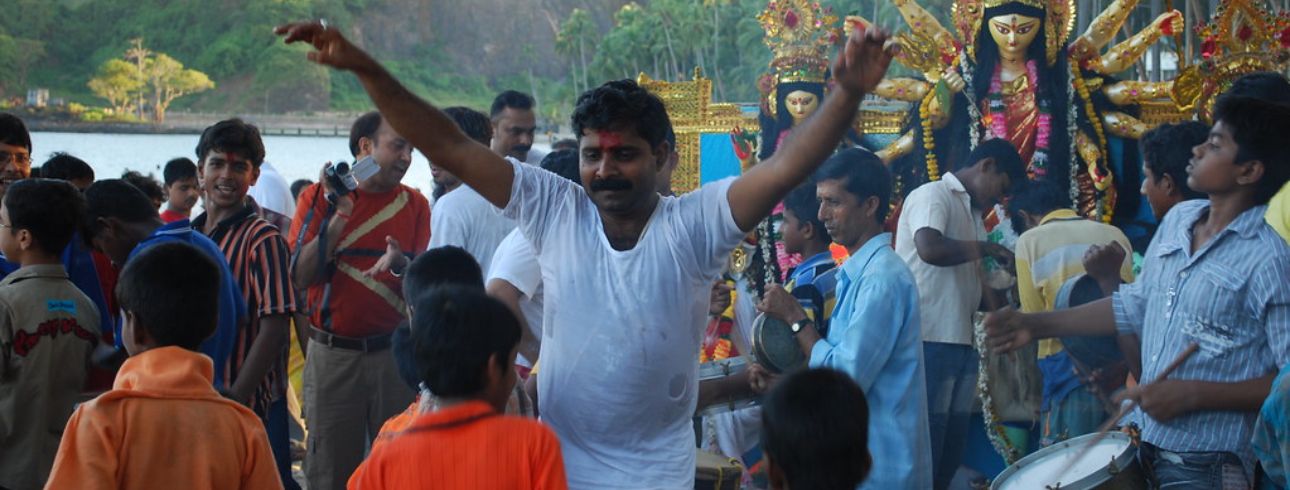
The Andaman and Nicobar Islands, an archipelago in the Bay of Bengal, are not only known for their stunning natural beauty but also for their rich cultural diversity. The islands are home to a fascinating mix of communities, each with its own unique heritage, traditions, and way of life. This cultural mosaic is a result of the islands’ history, geography, and the blend of indigenous and migrant populations. Let’s explore the diverse communities that make the Andaman and Nicobar Islands a vibrant and culturally rich destination.
Indigenous Tribes
The Andaman and Nicobar Islands are home to several indigenous tribes, each with its distinct culture and way of life. These tribes have inhabited the islands for thousands of years and have a deep connection to the land and sea.
1. Great Andamanese
The Great Andamanese were once the dominant group in the Andaman Islands. However, their numbers have dwindled significantly due to diseases and displacement. Today, they reside on Strait Island, where efforts are being made to preserve their language and culture.
2. Onges
The Onges inhabit Little Andaman Island. They are a semi-nomadic tribe, traditionally hunter-gatherers who rely on fishing and foraging. The Onges have managed to preserve much of their traditional way of life, despite external influences.
3. Jarawas
The Jarawas are one of the most well-known tribes of the Andaman Islands. They live in the forests of South and Middle Andaman and maintain a largely hunter-gatherer lifestyle. The Jarawas have limited interaction with the outside world, and there are strict regulations in place to protect their privacy and way of life.
4. Sentinelese
The Sentinelese inhabit North Sentinel Island and are among the most isolated tribes in the world. They have resisted contact with outsiders and maintain a completely autonomous lifestyle. The Indian government has declared their island off-limits to protect their isolation.
5. Shompens
The Shompens live in the Nicobar Islands, specifically on Great Nicobar Island. They are a semi-nomadic tribe, primarily dependent on hunting, fishing, and horticulture. The Shompens have limited interaction with the Nicobarese, another prominent community in the Nicobar Islands.
Settler Communities
In addition to the indigenous tribes, the Andaman and Nicobar Islands have a significant population of settlers who migrated to the islands during various periods of history. These communities have contributed to the cultural diversity of the region.
1. Bengali Community
The Bengali community is one of the largest settler groups in the Andaman Islands. They migrated during the British colonial period and after the Partition of India in 1947. The Bengali settlers have integrated well into the local society and have contributed significantly to the cultural and economic development of the islands.
2. Tamil Community
The Tamil community, primarily from Tamil Nadu, also forms a significant part of the population. Tamils migrated to the islands during the British era as laborers. They have since established themselves in various professions and continue to play a vital role in the islands’ cultural tapestry.
3. Telugu Community
The Telugu community, originating from Andhra Pradesh, migrated to the Andaman and Nicobar Islands in search of better opportunities. They have integrated into the local society and contributed to the islands’ development in various sectors.
4. Karen Community
The Karen community, originally from Myanmar (Burma), was brought to the Andaman Islands by the British during the 1920s and 1930s. They settled primarily in North Andaman and have preserved their unique culture and traditions, including their language and traditional attire.
Nicobarese Community
The Nicobarese are the predominant indigenous community of the Nicobar Islands. They are distinct from the tribes of the Andaman Islands and have a more settled lifestyle. The Nicobarese primarily engage in agriculture, fishing, and animal husbandry. Their society is organized into clans, and they have a rich tradition of music, dance, and storytelling.
Cultural Integration and Preservation
The diverse communities of the Andaman and Nicobar Islands coexist in a relatively harmonious environment, each contributing to the rich cultural fabric of the region. While the settler communities have brought their own traditions and practices, efforts are made to respect and preserve the unique cultures of the indigenous tribes.
The Anthropological Museum in Port Blair is a testament to these efforts, showcasing artifacts, tools, and information about the various communities. Additionally, the Andaman and Nicobar Administration has implemented policies to protect the rights and territories of the indigenous tribes, ensuring their way of life is preserved.
Conclusion
The Andaman and Nicobar Islands are a microcosm of cultural diversity, where ancient traditions meet modern influences. The coexistence of indigenous tribes and settler communities creates a unique and vibrant society. As you explore these islands, take the time to learn about the different communities, their histories, and their contributions to the rich cultural mosaic that makes the Andaman and Nicobar Islands truly special.
Leave a Reply